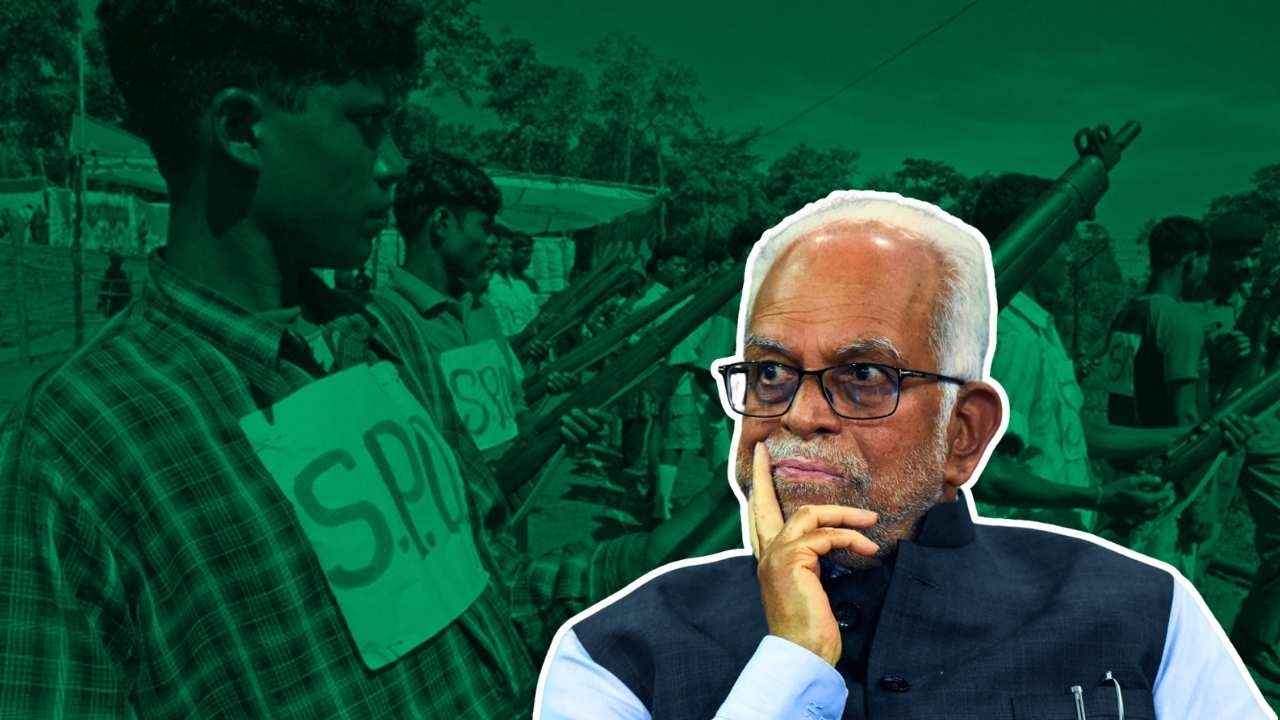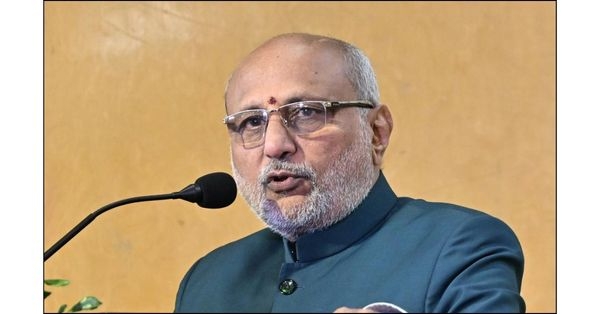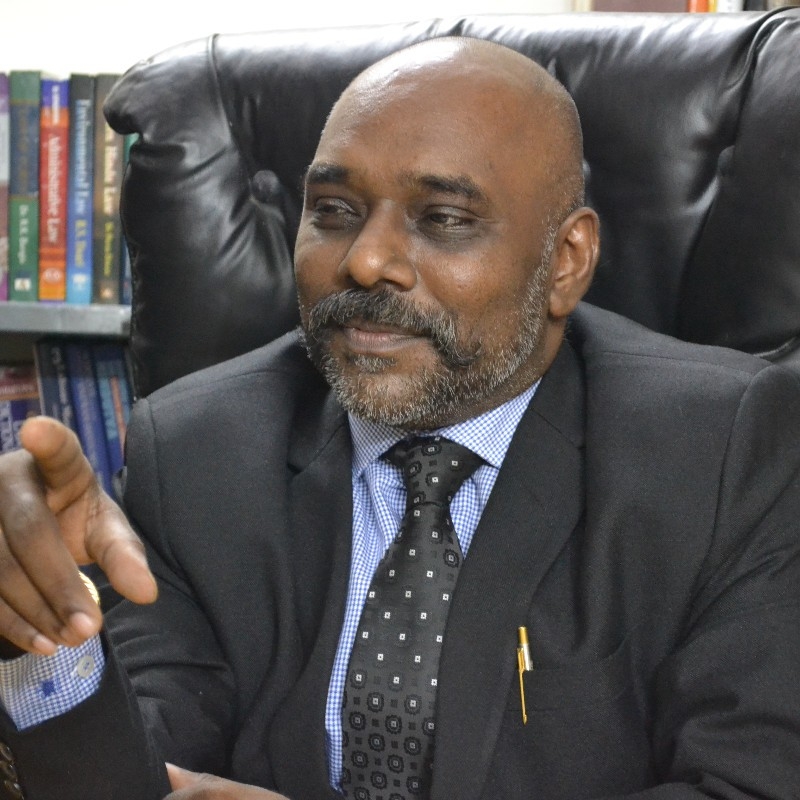Vice Presidential Spotlight on Forgotten Tribes: Judiciary’s Salwa Judum Fallout
How did a legal decision on Salwa Judum leave thousands of tribal people as direct targets of Maoist retaliation?
Total Views |

With the declaration of Justice Sudarshan Reddy as the vice president candidate by the opposition alliance, a decade-old Supreme Court judgement has once again come into the spotlight: Nandini Sundar vs. State of Chhattisgarh. This case is considered one of the leading judgements of the Supreme Court. A case becomes a “leading case” when it addresses important constitutional questions or provisions. The judgement was delivered by a bench comprising Justice B. Sudershan Reddy and Justice Surinder Singh Nijjar.
This judgement attracted criticism from various quarters. At its core, the case examined the constitutional validity of Salwa Judum. In the local language, “Salwa Judum” means “purification”. It was an initiative of the then Congress government of Chhattisgarh to counter the Maoist insurgency. Under this programme, tribal youth above 13 years of age were recruited to fight against Maoists. These youth, popularly known as the “Koya Commandos”, were appointed as Special Police Officers (SPOs) and given only basic weapons training. In return, they received a nominal honorarium for engaging in extremely dangerous counterinsurgency operations against what was often called “red terror”.
In a landmark judgement, the Supreme Court declared this initiative unconstitutional, holding that it violated basic human rights. While the ruling was celebrated in some circles, it also had unintended consequences. The withdrawal of Salwa Judum slowed down the state government’s counterinsurgency efforts. Worse still, many tribal youths who had participated in Salwa Judum became direct targets of Maoist retaliation and were brutally hunted down. The same bench, however, did not take effective steps to rehabilitate the victims of Salwa Judum, thereby giving rise to a new human rights crisis.
Even today, the issue persists. More than sixty thousand Koyas fled the Dandakaranya region of Chhattisgarh to neighbouring states, living under constant fear. Although the Chhattisgarh government later announced rehabilitation packages, many of those who returned were killed in retaliatory attacks by Maoists. Currently, there are more than 50,000 Salwa Judum victims in Telangana and over 15,000 in Andhra Pradesh. Most of them live deep inside forests, without access to the privileges normally extended to Scheduled Tribes. Neither the Supreme Court nor the Central Government has taken effective steps to address the plight of these internally displaced persons (IDPs), despite repeated appeals from the ST Commission, the Home Ministry, and state governments.

During his brief tenure as Governor of Telangana, C. P. Radhakrishnan took some notable steps regarding the rights of displaced Guthikoyas, following requests from a few NGOs. He even sought reports from the state government. Unfortunately, before any concrete results could emerge, he was transferred to Maharashtra.
The current vice presidential election has once again brought the Guthikoya issue into political discourse. It is hoped that this renewed attention will lead to a permanent solution for the victims—tribal communities who have suffered for nearly two decades due to what many consider negligent and irresponsible acts by both the government and the judiciary.
Article by

Dr. Shine P Sasidhar
The author is an advocate in the Supreme Court of India, a techno-legal expert, and an activist.

